Traveling South Korea – Daejeon Jungang Open Air Market
Eugene L. 09.18.23

Earlier this year I got to visit South Korea for the first time, the land of Kimchi, K-Pop, Samsung, and K-BBQ. Well, at least that’s what is for a lot of people at the surface level. While these are some of the biggest bits of Korean culture that have been exported around the world that’s not all there is. South Korea is a small country a little smaller than the state of Kentucky, but has 10 times the population in that area. Born from the beginnings of the Cold War, the Korean War split the peninsula in half at the 38th parallel after 3 years of brutal fighting involving a coalition of nations on both sides. In the 70 years since the nation has rapidly grown and modernized, rising above the crushing poverty it started at after decades of Japanese Colonial rule.
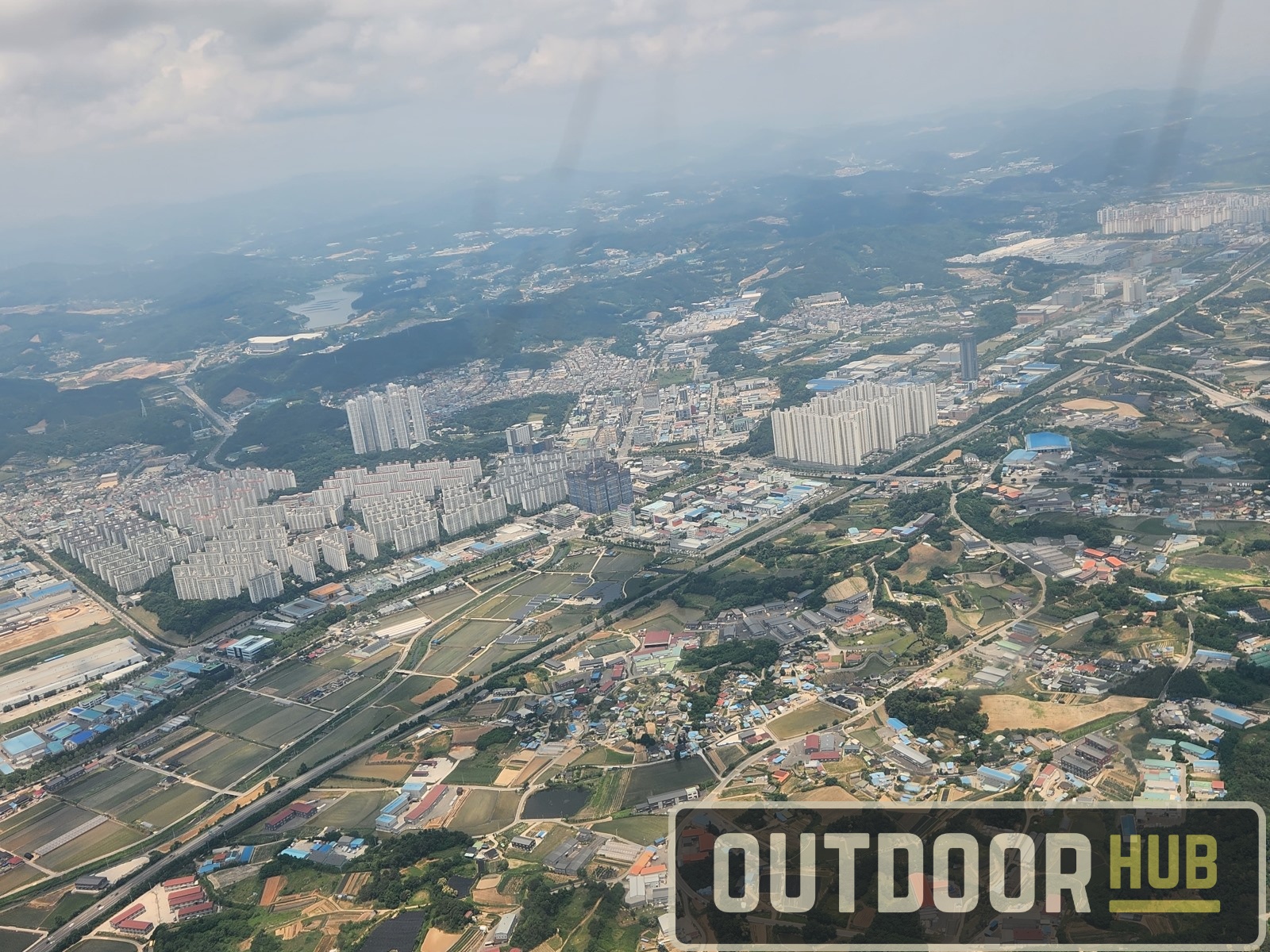
Now this small nation has become the 13th largest GDP in the world. This growth has made South Korea an interesting mix of the new and old. Modern gleaming cities surrounded by fields and farms that could have a house dating back to the beginning of the 20th century. To start off this series of more travel-orientated articles, I’m covering a visit to the Daejeon Jungange Open Air Market, a traditional street market that mixes new and old. While S. Korea has plenty of modern department stores, malls, and hypermarkets, Traditional Open Air Markets are still very popular places to go shopping.
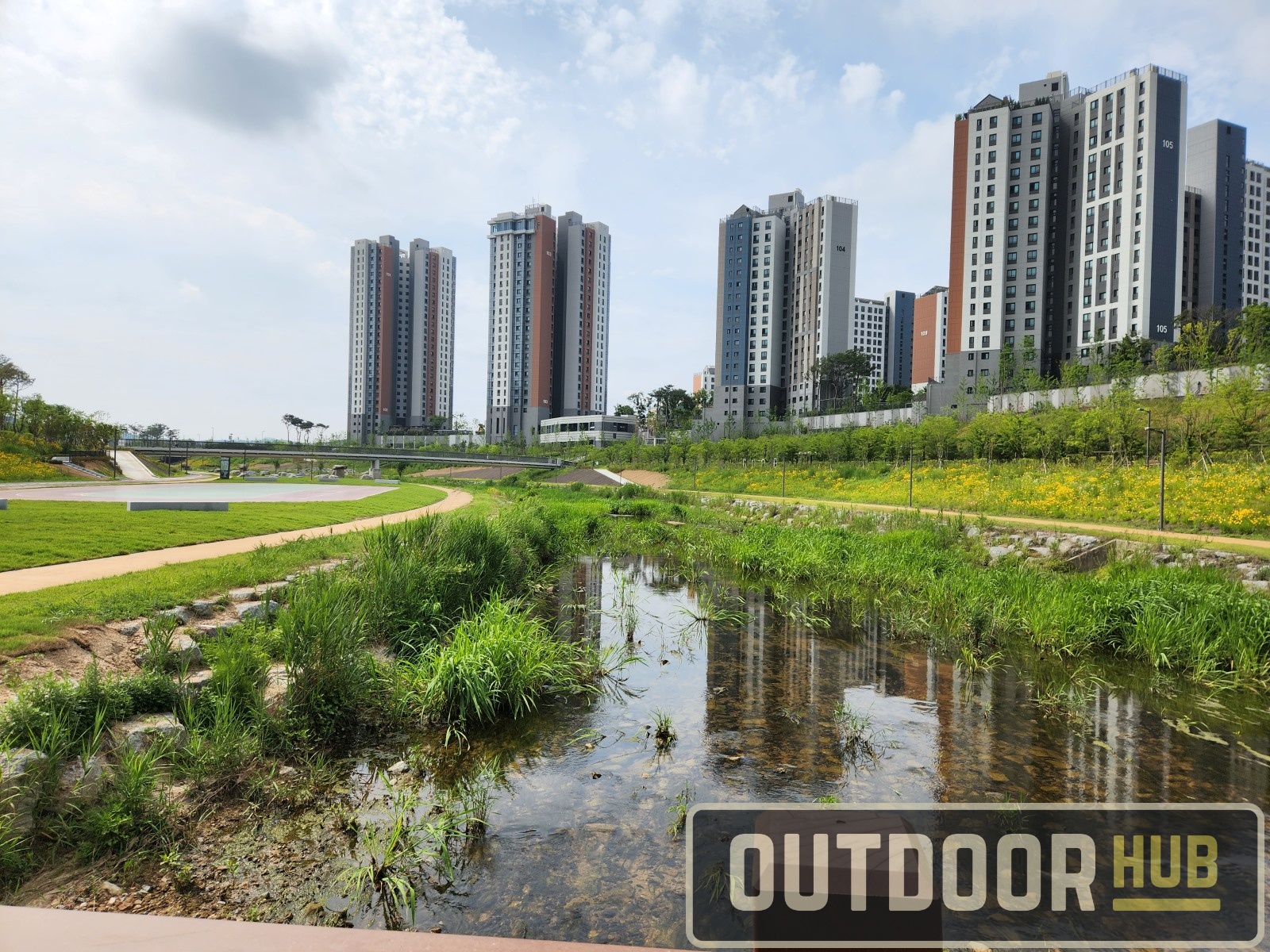
Korea has a lot of these traditional open-air street markets in the city centers. They are a combination of many different shops and stalls lining streets and alleyways. These areas are usually designated as market districts by the city and a lot of it is foot traffic or delivery scooter only. These street markets have a crazy wide variety of shops, and you can buy almost anything you need there. From general grocery shopping for cheap, cellphones, to home appliances and soft goods. There are a variety of restaurants as well, that either sell prepared food for you to take home, or have some stools and tables set up for you to eat. While visiting Daejeon we had some spare time to kill one day, so we checked out the Jungang Open Air Market in Daejeon.
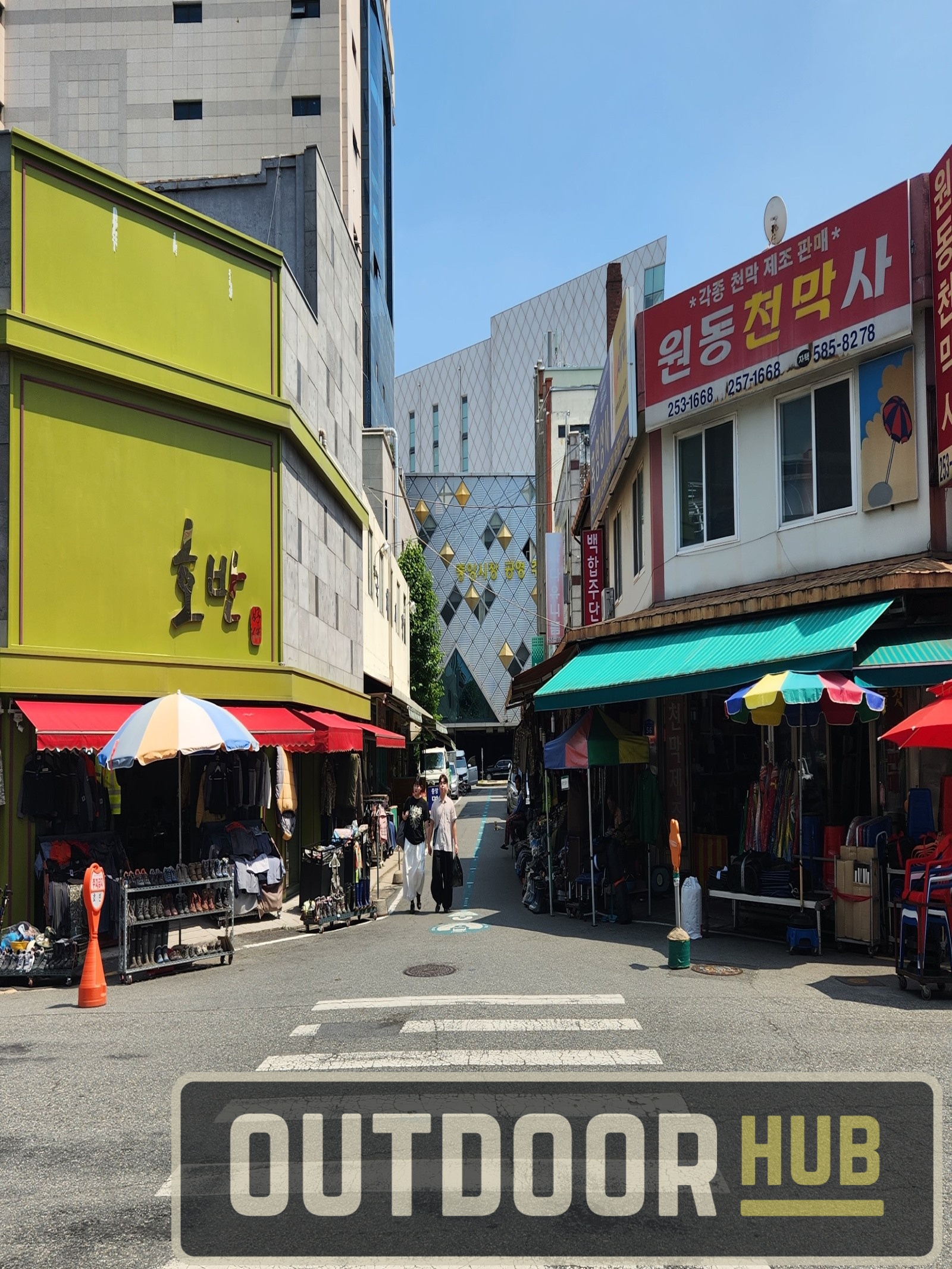
The Jungang Open Air Market brings in locals and tourists alike. The locals like it due to the generally cheaper prices, while tourists like us come just to see this unique sort of marketplace. As I said before it’s a wide mix of vendors in the area. In the photo above you can see see a vendor selling a mix of clothes and shores, a different one on the right selling home goods. Out of frame of the photo, there was an aquarium shop as well as an electronics store next to it.
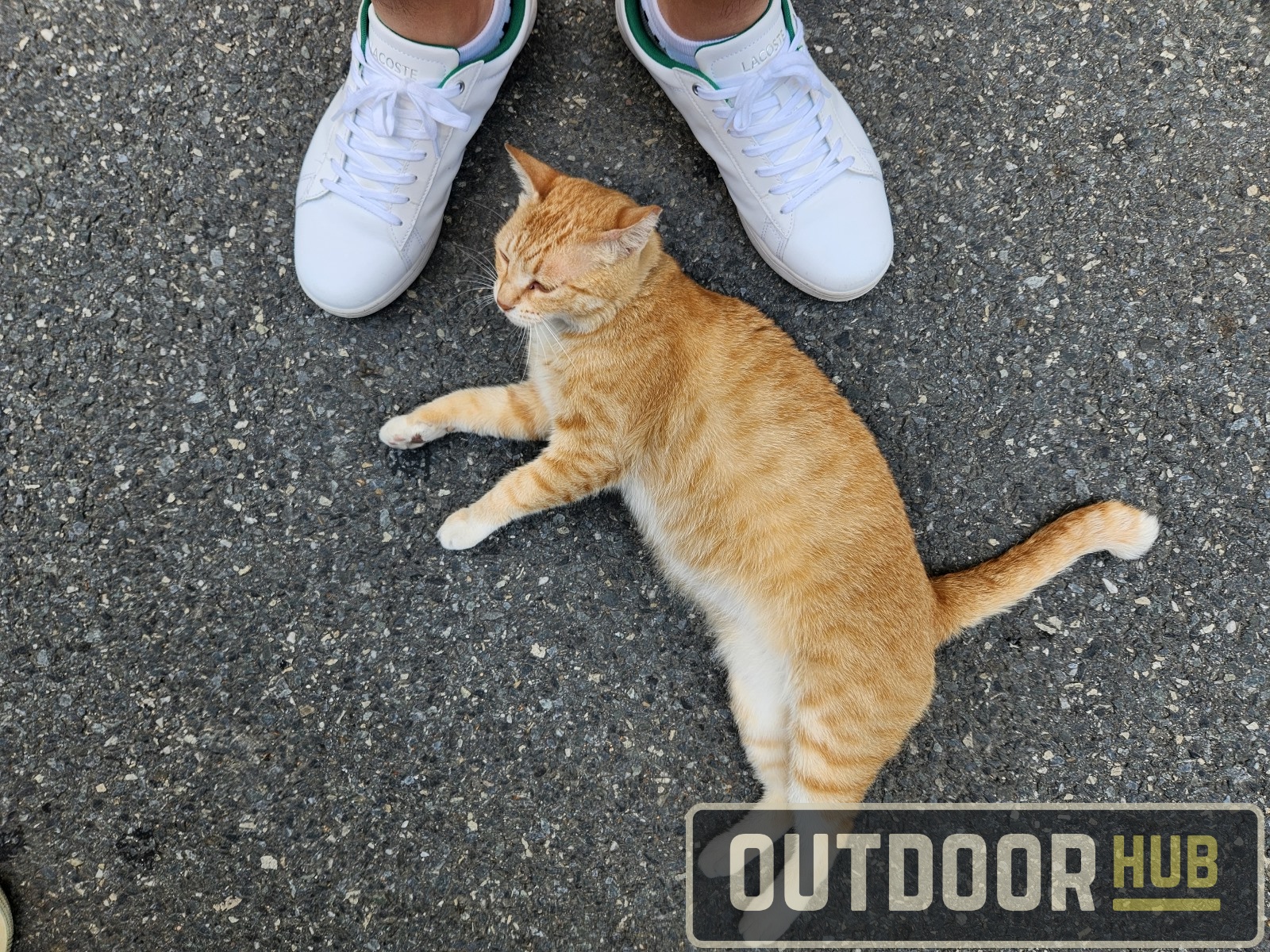
Past those two shops, there were some other stores as well as a coffee shop with this incredibly friendly orange tabby street cat. He was pretty much their mascot and had free reign in their patio space. Past the coffee shop was the market proper where now it is completely enclosed so the weather can’t get in. There the market hits you all at once, there is so much going on at once. Stores and stalls down every alleyway and road, with the occasional delivery scooter buzzing through to take someone their online order. A lot of shops offer same-day delivery services in S. Korea.
The market has a rough sort of organization inside the market. Similar vendors stick loosely together in certain alleys or alley sections. Clothing with clothing, furniture with furniture, soft goods with soft goods. All these home goods stick together with a restaurant or two interspersed. The food goods also stick together this way, separate from the home goods but kind of rimmed by kitchenware and other hard goods. This is to keep food smells away from the home goods. Interspersed in the middle of all these alleys are street food stands, with everything from fried fish, mungbean pancakes, to Soondae (Korean Blood Sausage) and Boiled Offal.
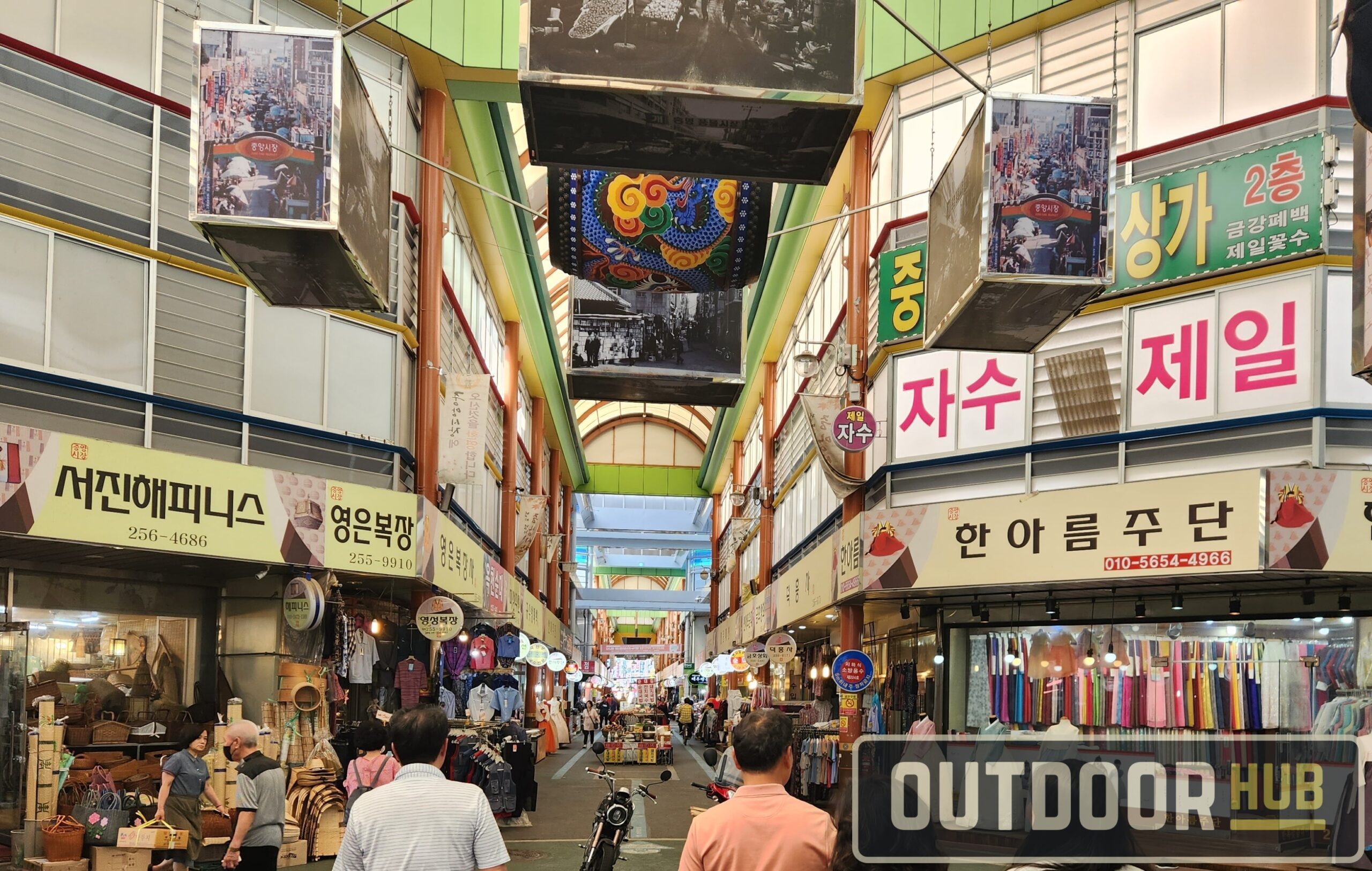
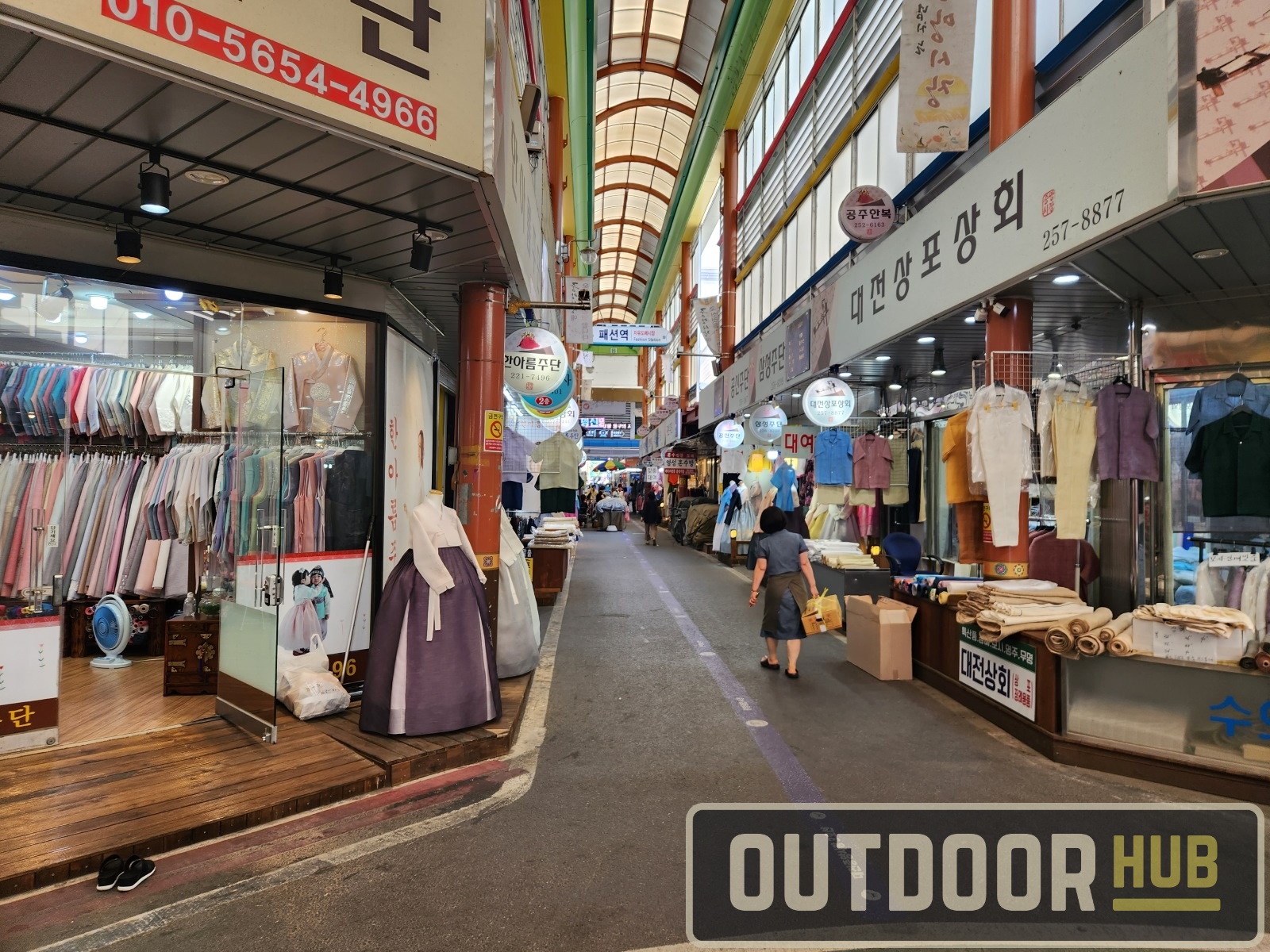
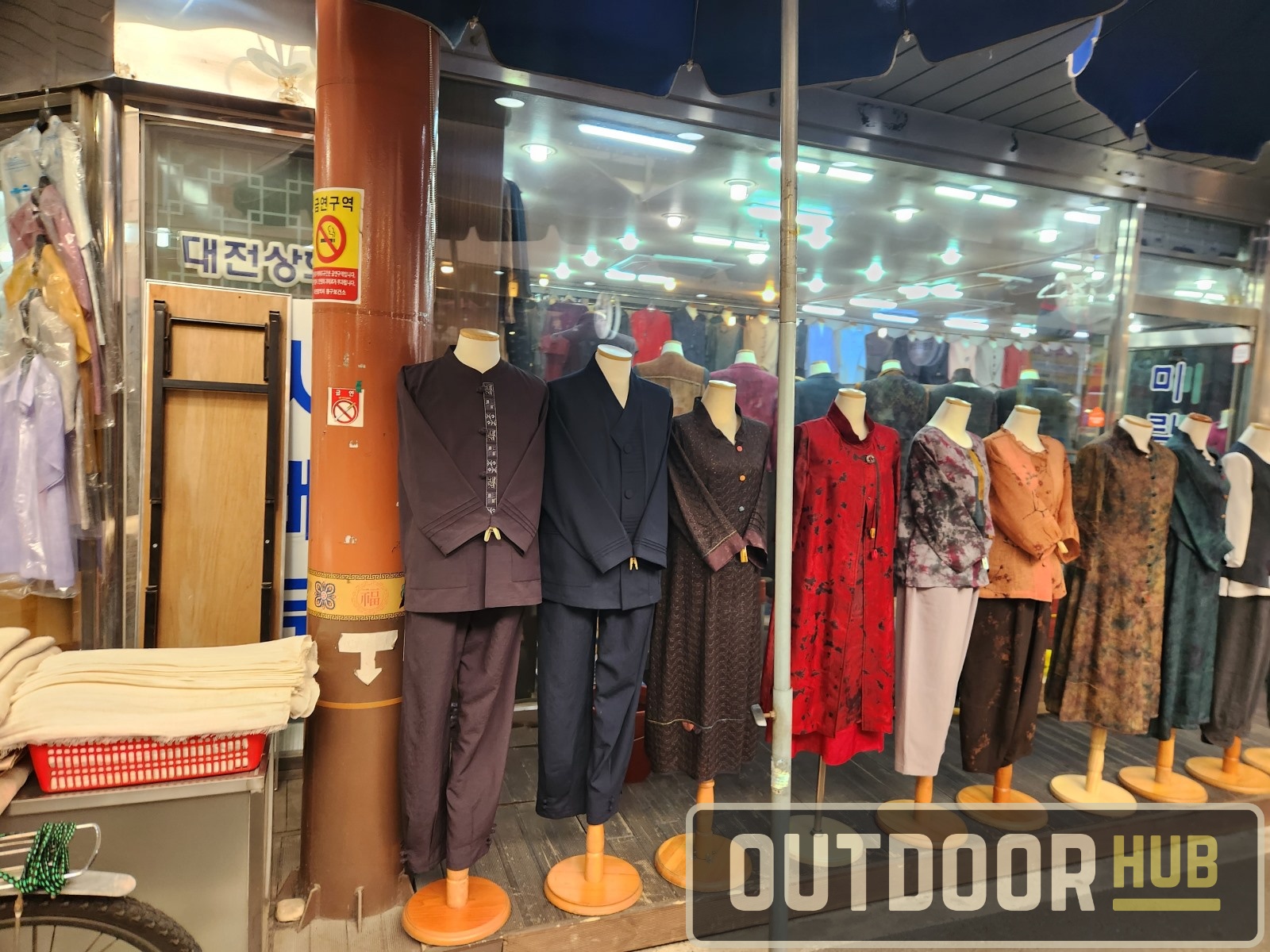
I will admit, it can be a bit intimidating walking through the market. All these vendors will call out to you as you pass vying for a sale. If you stop to look at something or take a photo expect someone to come up to you telling you how they have the best price. In Daejeon expect them to say this to you in Korean, unlike in Seoul most people don’t speak English here. So even if you are or look like a foreigner expect Korean. All these vendors were very persistent always hunting that sale. Once we got past the clothing and home goods sections we got into the grocery/food section of the market. Alleys of meat, seafood, and produce with little restaurants in between selling prepared food.
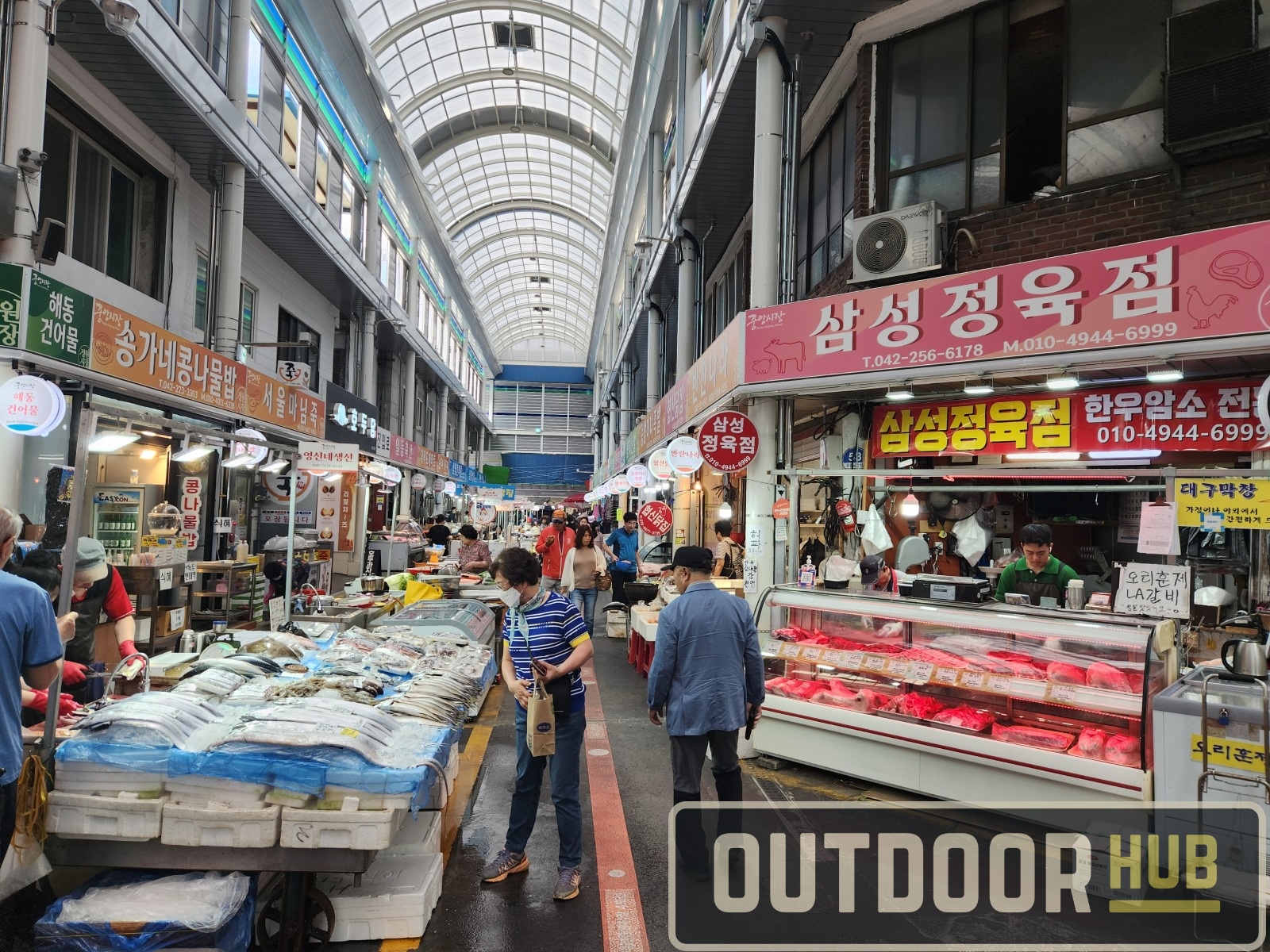
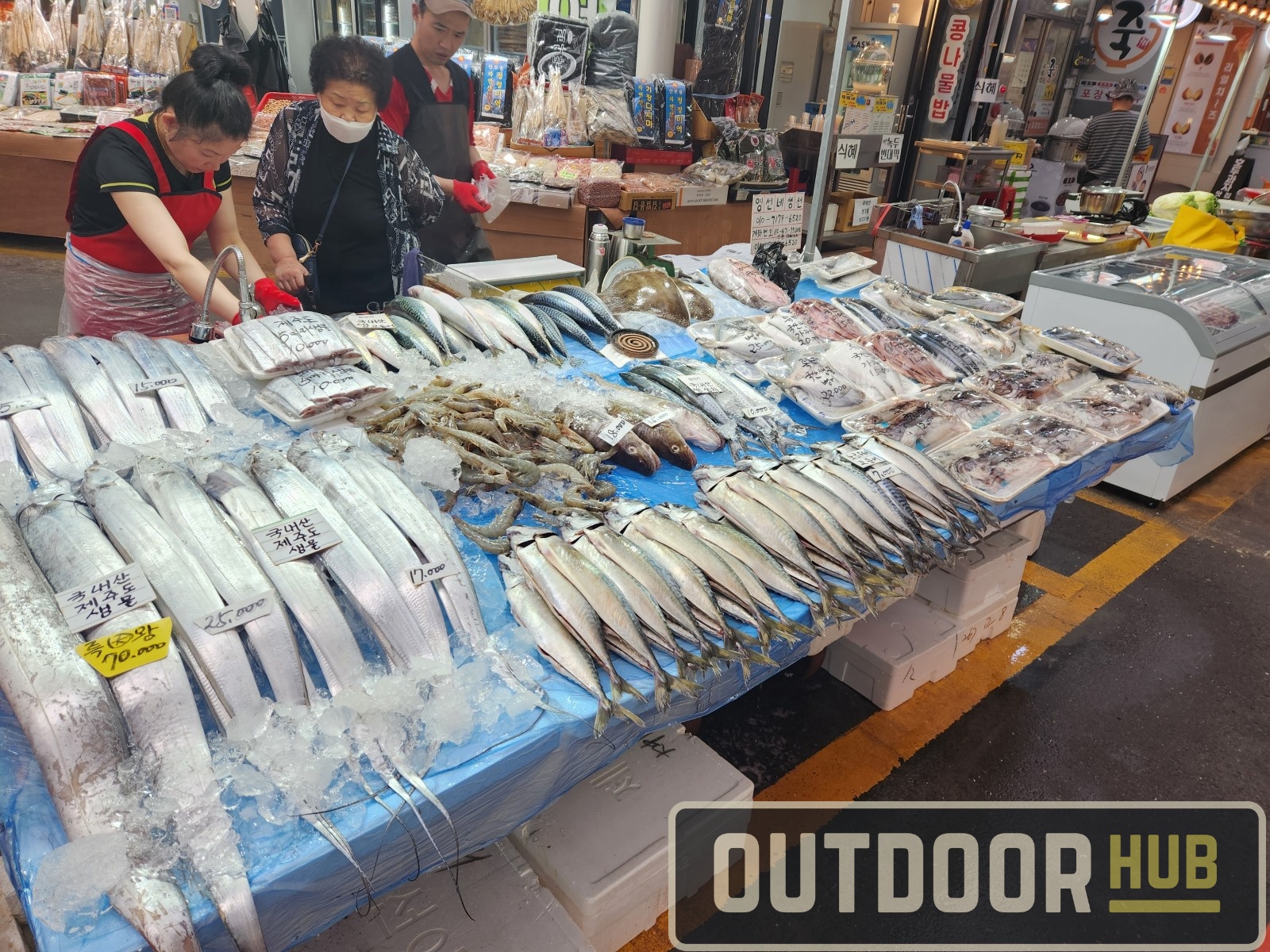
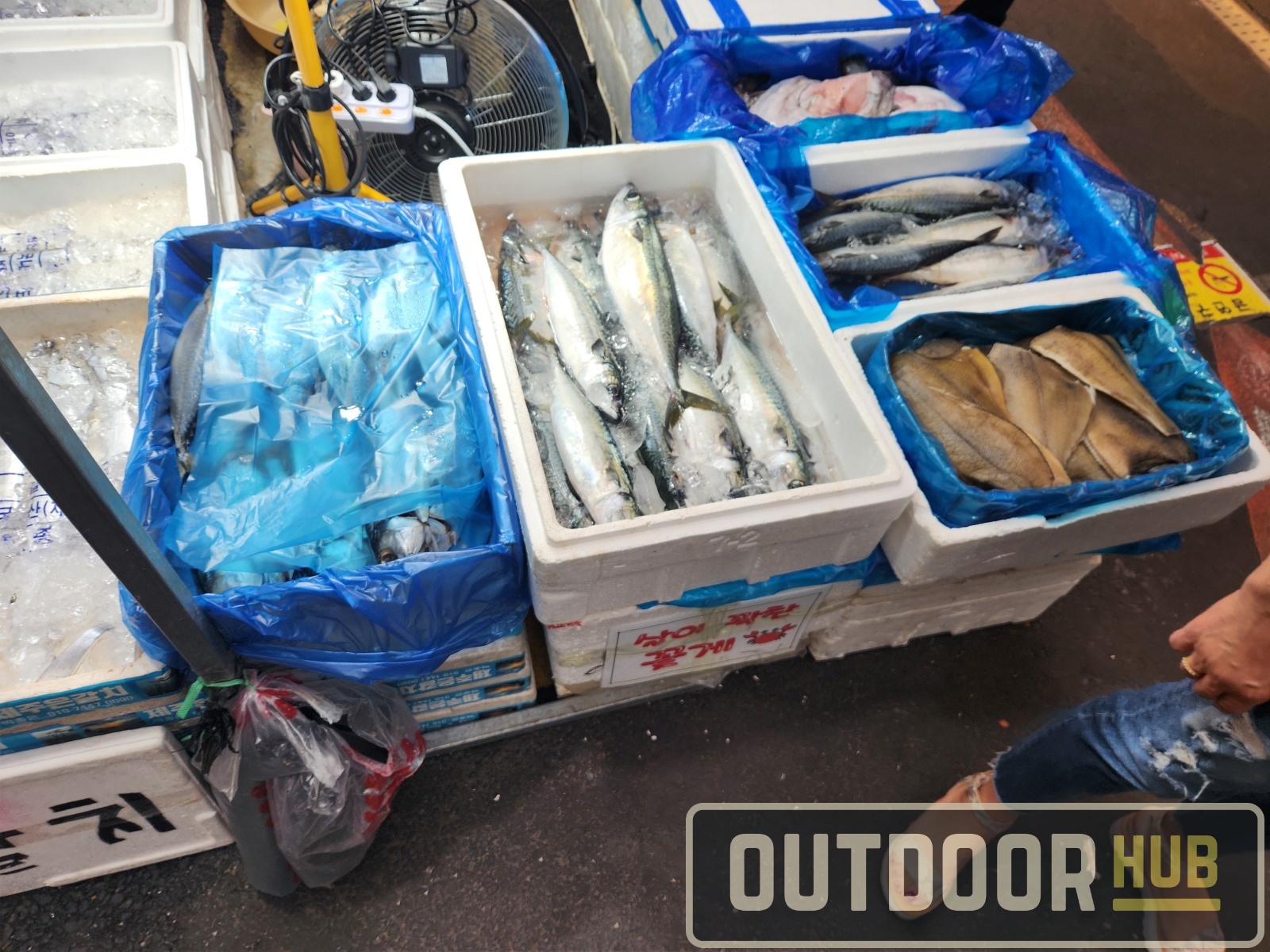
There is fresh local seafood a plenty in the market, with most markets being a few hours from the coast at most. You can even find live seafood in Jungang Market. The tanks in the photos below had a few different freshwater species. The tank in the picture below had two sizes of live weather loaches. They are a popular ingredient for making an energy-boosting food, Chueotang (Loach Soup) a soup full of herbs and greens seasoned with gochujang(chili paste) and doenjang(soybean paste).
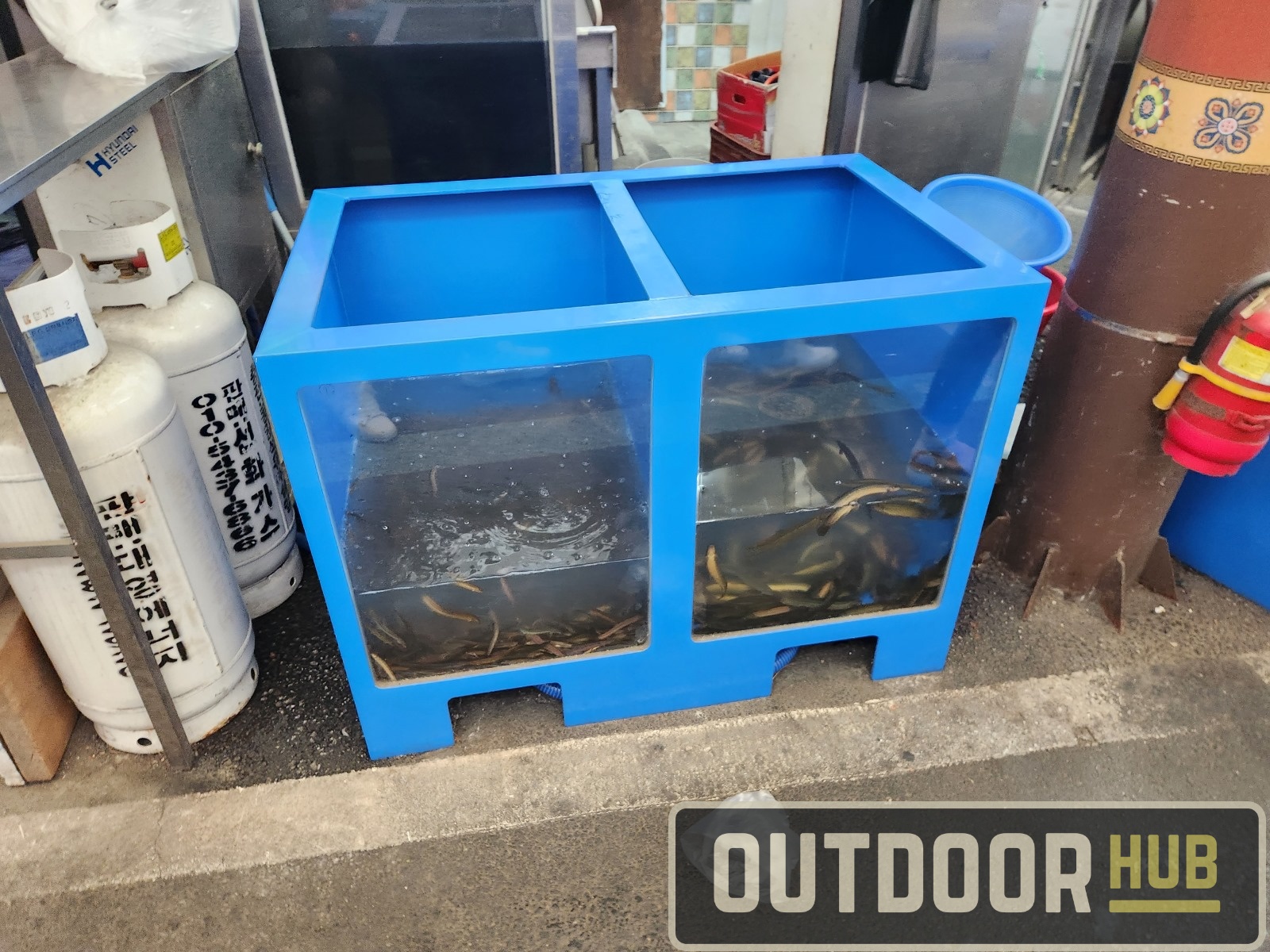
These other tanks have three other popular food fish as well, at the top are some eel catfish, a Silurus or Clarius species maybe. The bottom left had a bunch of crucian carp. An the tanks on the right have something that is very striking to see alive as someone from the US, the northern snakehead. While in the US they were made to be a scourge and threat to the native ecosystem by the media, in Asia they’re just a tasty fish with some nasty teeth. While you see some livefish in ethnic markets in the US most people are used to seeing the fish only as fillets. In Korea and most of Asia live fish is generally considered the best fish. A fish can’t be not fresh if it’s still alive. The grocery appeal at the traditional markets is the price and quality as well, a lot of the vendors cut out the middlemen and get their product directly from the producers, for a cheaper and fresher product.
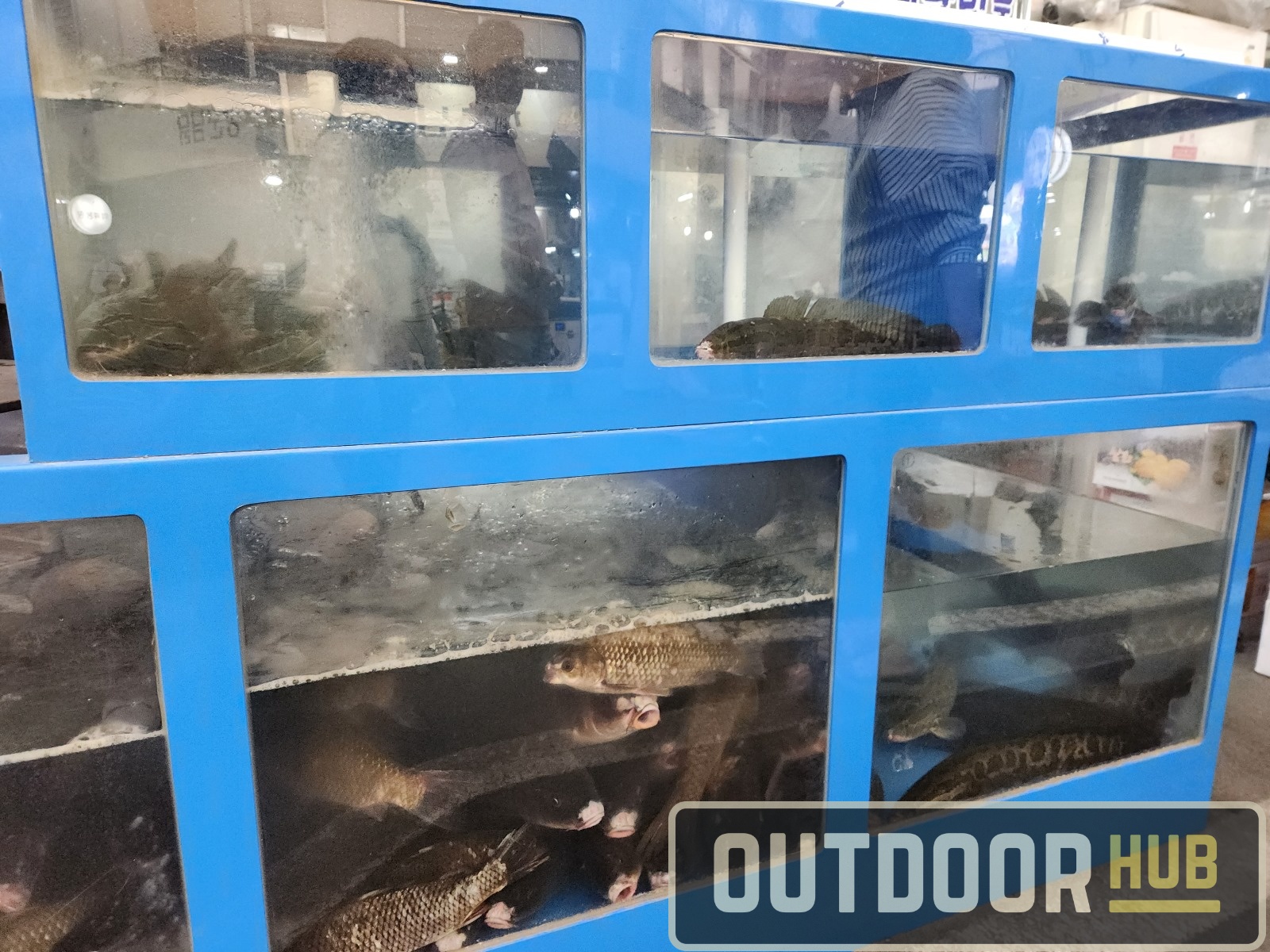
If you do somehow end up in Deajeon and want to check out Jungang Market, put aside at least an hour to just explore. Besides the more traditional market side, there are a lot of other stores and street food in the area to check out. My photos barely scratch the surface of the area, there is so much in there. If not Daejeon Jungang Market, check out any of the other traditional street markets in South Korea and experience a shopping experience like no other.

